#Shirley Stoler
Explore tagged Tumblr posts
Text

#movies#polls#seven beauties#seven beauties movie#seven beauties 1975#70s movies#lina wertmüller#lina wertmuller#giancarlo giannini#fernando rey#shirley stoler#requested#have you seen this movie poll
40 notes
·
View notes
Text

Tony Lo Bianco and Shirley Stoler in the cult classic 1970 crime drama, The Honeymoon Killers.
7 notes
·
View notes
Photo
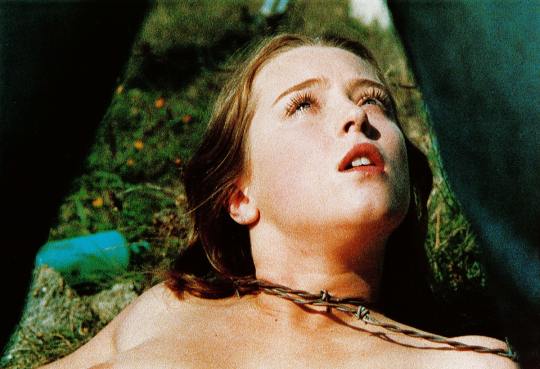
I can't accept the proximity of my face and my vagina.
A Real Young Girl (Une vraie jeune fille), Catherine Breillat (1976)
#Catherine Breillat#Charlotte Alexandra#Hiram Keller#Rita Maiden#Bruno Balp#Georges Guéret#Shirley Stoler#Pierre Fattori#Patrick Godaert#Mort Shuman#Annie Charrier#Michele Queyroy#1976#woman director
80 notes
·
View notes
Text

Farewell to actor Tony Lo Bianco (19 October 1936 – 11 January 2024), who’s died aged 87. His obituaries are inevitably citing The French Connection (1971) as his most famous work, but I treasure his simultaneously sexy and repellent performance as the conman who teams up with Shirley Stoler as the titular homicidal duo in the disturbing 1970 cult shocker The Honeymoon Killers. (The first time I ever saw this twisted black comedy would have been at the glorious, much-missed Scala Cinema in Kings Cross in the early nineties. It left an indelible impression!). Lo Bianco’s gigolo Ray is a swarthy and manipulative charmer with a thick Spanish accent, a toupée and Latin rhythm in his hips. (As a bonus, we get a fleeting glimpse of Lo Bianco’s pert naked cafe con leche butt!). Now I definitely need to seek out his other cult movie entry, God Told Me To (1976). Read more here.
#tony lo bianco#shirley stoler#the honeymoon killers#lobotomy room#vintage sleaze#graham russell#bitterness personified#cult cinema#cult movies#cult films#b movie#black comedy#god told me to#the french connection#italian american#1970s cinema#serial killer#bad taste#shock value
10 notes
·
View notes
Text
On June 17, 2000, The Honeymoon Killers was released theatrically in Japan.







#the honeymoon killers#leonard kastle#shirley stoler#tony lobianco#true crime film#horror film#horror#horror art#movie art#art#drawing#movie history#grindhouse#japan
4 notes
·
View notes
Text

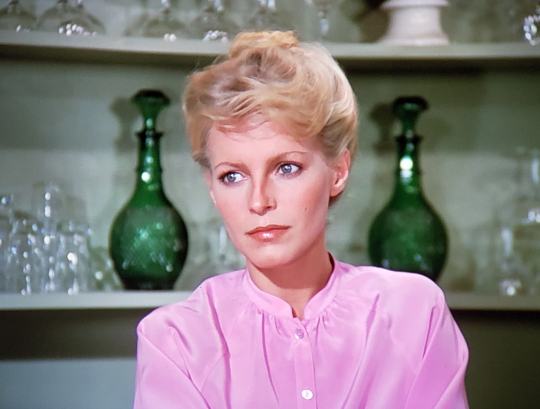

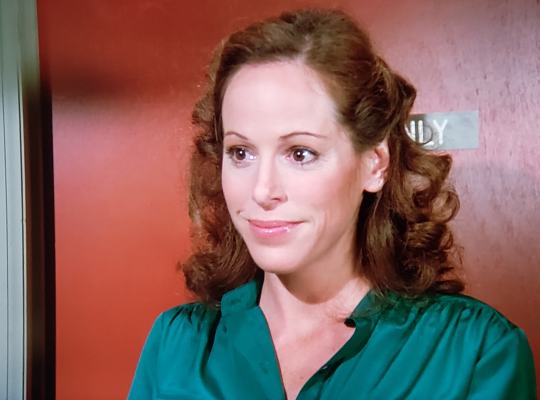
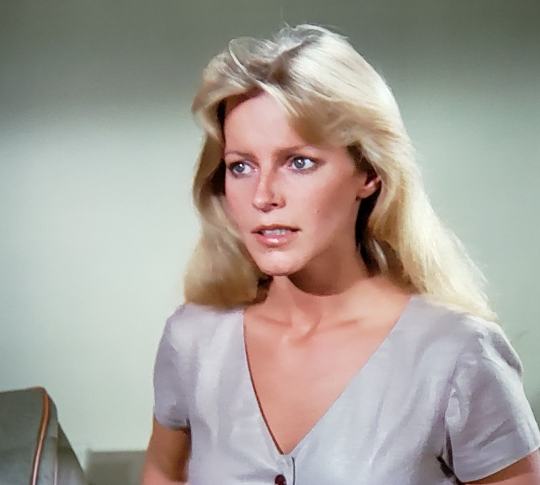
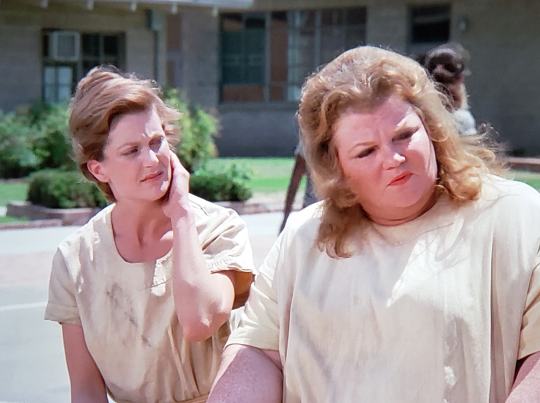
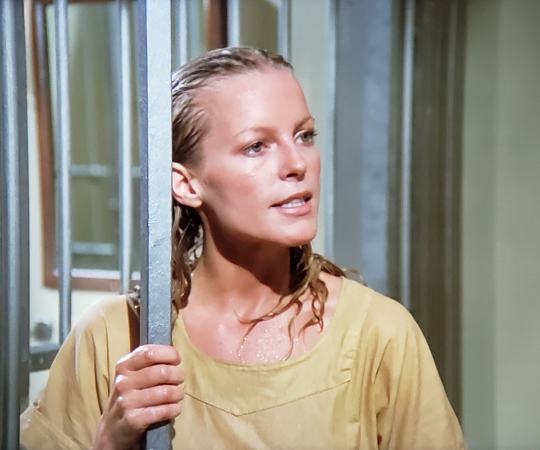
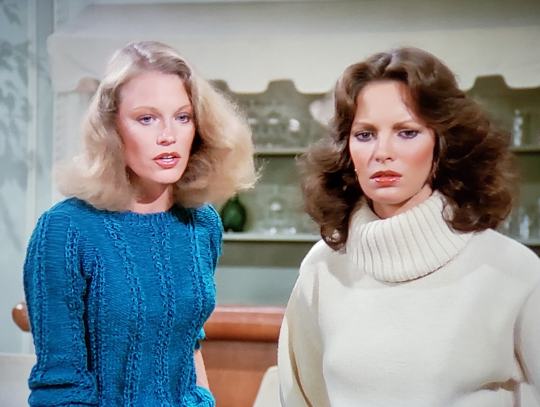



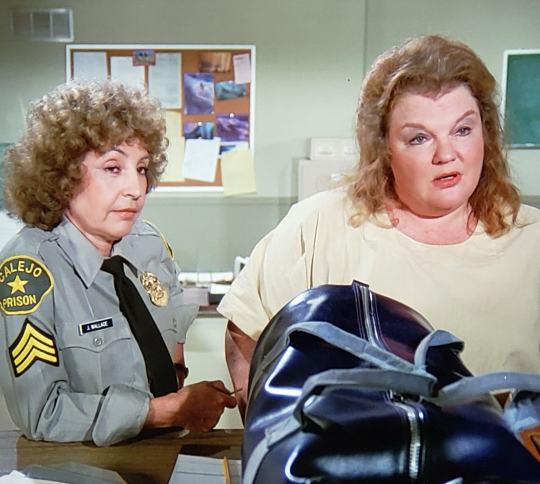

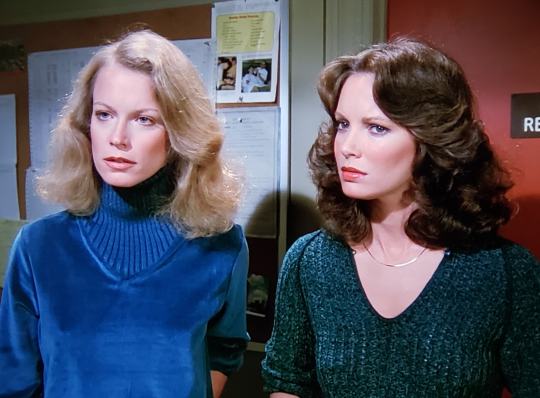
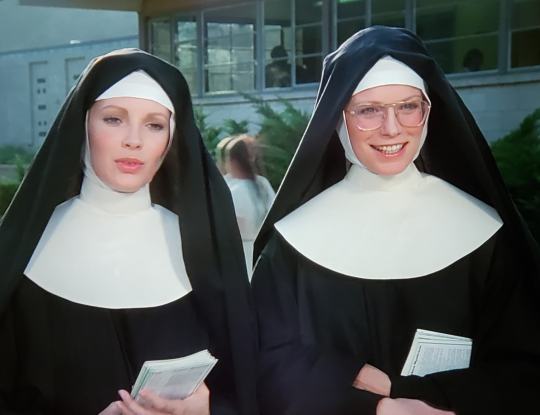

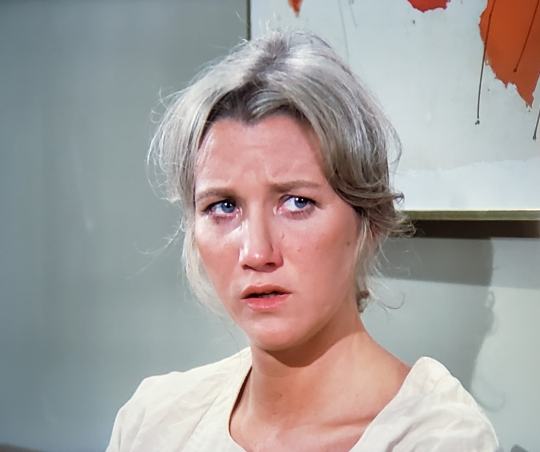

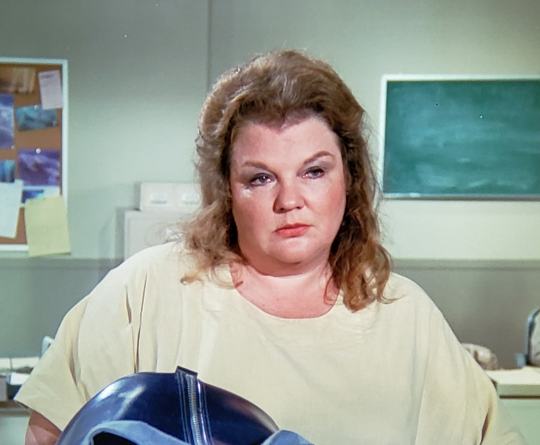

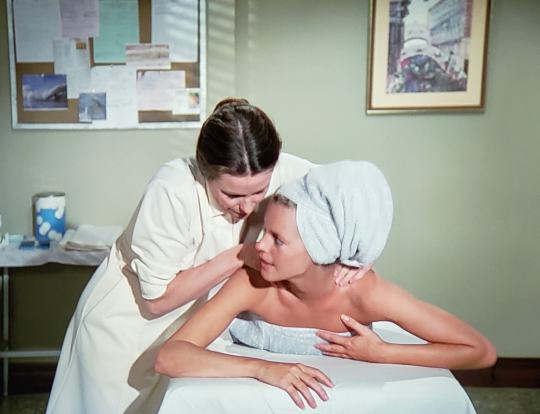
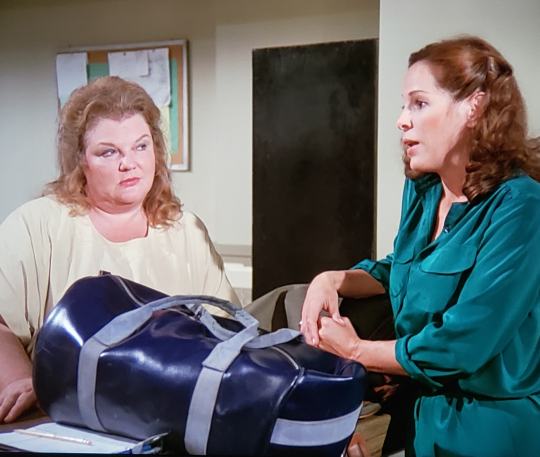

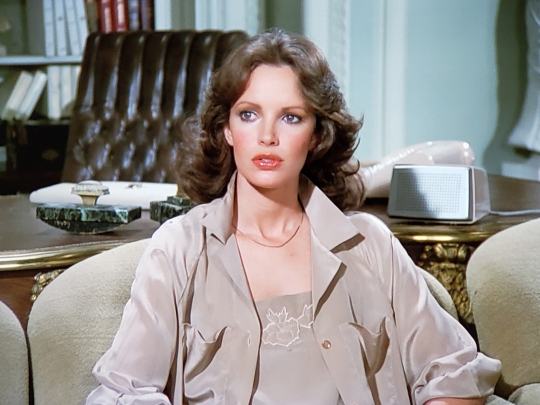

L'épisode "La cage aux dames".
#jaclyn smith#kelly garrett#cheryl ladd#kris munroe#david doyle#john bosley#tiffany welles#shelley hack#louise sorel#lily burton#shirley stoler#agnes kemp#sally kirkland#lonnie#La cage aux dames
3 notes
·
View notes
Text

Shirley Stoler - Lina Wertmüller
2 notes
·
View notes
Text
'Pee-wee's Playhouse' – surreal Saturday morning fun free on Hoopla
Pee-wee’s Playhouse (1986-1991), the Saturday morning kids show created by Paul Reubens, was the most imaginative and energetic children’s show to hit Saturday morning TV when it premiered in 1986. Reuben’s Pee-wee was first created as a member of the Los Angeles improv group The Groundlings. It was turned into an adult cabaret show and then into the goofy innocent in a too-small suit and bow…

View On WordPress
#Blu-ray#DVD#Hoopla#Jimmy Smits#Laurence Fishburne#Natasha Lyonne#Paul Reubens#Pee-wee Herman#Pee-wee&039;s Playhouse#Phil Hartman#S. Epatha Merkerson#Sandra Bernhard#Shirley Stoler#VOD#William Marshall
3 notes
·
View notes
Text
Below the Belt (1980)
There are plenty of legitimate things to complain about in the modern streaming era, from the exorbitant cost of subscribing to multiple services to the illusion of availability, which obscures the fact that most movies from before the 1990s are not currently available on any of those platforms. Those complaints do not apply to The People’s Streaming Service™, though. Tubi is the one beacon of…

View On WordPress
#below the belt#billy preston#brandon ledet#drama#pro wrestling#regina braff#reviews#road trip#rosalyn drexler#shirley stoler#tubi
0 notes
Photo

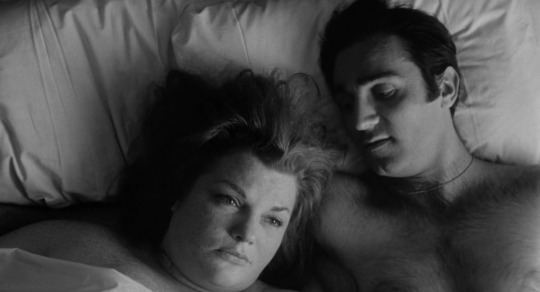


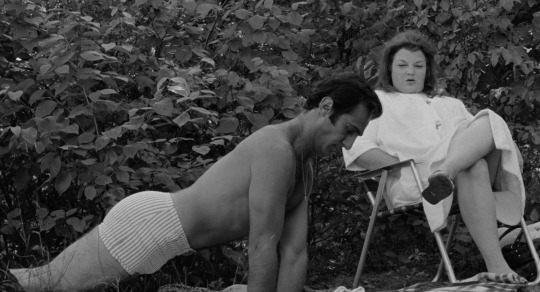
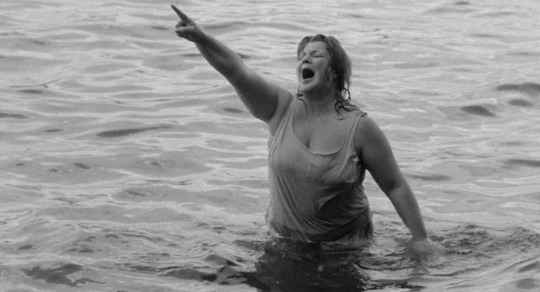
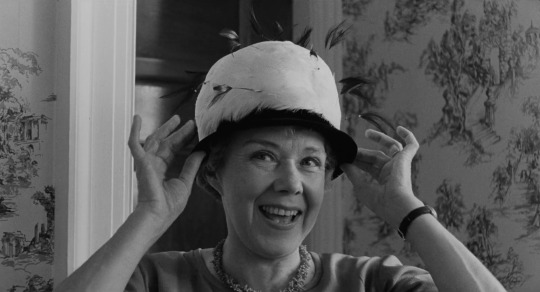
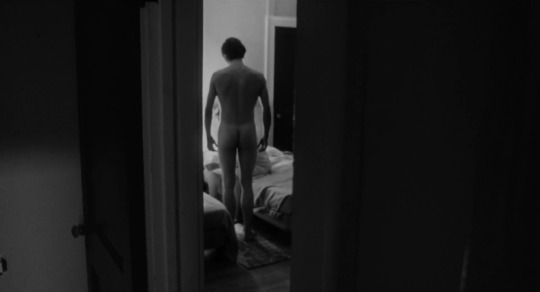


The Honeymoon Killers (1970, Leonard Kastle, Martin Scorsese, Donald Volkman)
4/26/23
#The Honeymoon Killers#Shirley Stoler#Tony Lo Bianco#Mary Jane Higby#Doris Roberts#Kip McArdle#Marilyn Chris#Leonard Kastle#Martin Scorsese#70s#New Hollywood#drama#crime#romance#nurses#con artists#honeymoon#murder#loneliness#spinsters#overweight#immigrants#New York#correspondence#serial killers#true story#jealousy#neo-noir#indie
1 note
·
View note
Text

Tony Lo Bianco
American actor who fitted naturally into the 70s trend for gritty crime thrillers as a brute with a twinkle in his eye
The American actor Tony Lo Bianco, who has died of cancer aged 87, specialised in hoods and heavies, often played with an uncommon twinkle in the eye that suggested he was in on some grim private joke. “I guess I’ll have to do a nun next,” he said after a run of such roles.
There was never any doubt that he meant business. “If you encountered Tony in a deserted alley at midnight, you’d be inclined to hand him your wallet before he asked for it,” wrote a US newspaper in 1978.
With his conspiratorial manner, imposing stare and tractor-tyre eyebrows, Lo Bianco fitted naturally into the 70s trend for gritty crime thrillers. As the mobster Sal Boca in The French Connection (1971), he is pursued by the New York cop “Popeye” Doyle (Gene Hackman) for his role in buying a massive shipment of heroin. The Seven-Ups (1973) reunited Lo Bianco with his friend and French Connection co-star Roy Scheider, and gave him a bigger bite of the cherry, this time as a shady police informer in a camel-hair coat and sharp hat.
His first major role had already proved he was more eccentric than any rent-a-thug. In The Honeymoon Killers (1970), which was inspired by real events, he played the silver-tongued Spanish con-artist Ray Fernandez, who embarks on a murder spree with a lonely woman whom he tries to swindle. Martin Scorsese was sacked as the film’s director for dragging his feet, but the end result (with the composer and librettist Leonard Kastle stepping in after Scorsese’s exit) has a sizzling, unwholesome B-movie tang, due in no small part to Lo Bianco’s oleaginous presence and his rapport with Shirley Stoler as his partner-in-crime.
Most of his finest screen work was done in the 70s. He was a police detective investigating seemingly random murders in the supernatural horror God Told Me To, and an injured, suicidal former rodeo rider raising his young sons in Glory Days, AKA Goldenrod (both 1976).
Bloodbrothers (1978), in which Lo Bianco was all gruffness and gristle as an Italian-American construction worker pressuring his recalcitrant son (Richard Gere) to follow in his footsteps, was especially dear to him. “It’s very close to my heart,” he said. “I know the characters like I know my family.”
In the same year, he was a surprisingly genial crime boss opposite Sylvester Stallone in the union drama F.I.S.T. “Sure, I could have played [him] as one more Italian thug,” he reflected. “But does the world really need another overbearing, obnoxious, obvious slob to dismiss or look down on as some kind of buffoon?”
Lo Bianco attributed his facility as an actor partly to his upbringing. “Coming from an Italian family in a big city, my emotions were always close to the surface, ready to live life fully, to give, to laugh and cry without holding back, without strain.”
He was born in New York City to Carmelo, a taxi driver, and Sally (nee Blando). One of his teachers at William E Grady high school suggested he give acting a go, though his early passions were largely sporting ones. As a teenager, he tried out for the Brooklyn Dodgers, and was also a Golden Gloves welterweight boxer. “I guess you’d say I was a borderline delinquent. It was the 50s, Elvis time, leather jackets, a time for being tough.”
Years later, he would step back into the ring to play the boxer Rocky Marciano in the television biopic Marciano (1979). He returned to the same story, again for TV, in Rocky Marciano (1999), this time as the gangster-turned-promoter Frankie Carbo opposite Jon Favreau as the prizefighter.
Lo Bianco studied acting at the Dramatic Workshop in Manhattan in the late 50s, and founded the Weekend Theater there in order to gain experience. “I built the sets, the stage, and put in the lighting. I got it going.” He did the same in 1963 with the Triangle Theater, where he also served as artistic director. It was here that he first met Scheider.
He accumulated numerous credits on television, including a recurring role between 1971 and 1973 as a doctor in the long-running soap opera Love of Life, and on stage: in 1975, he won an Obie (an award for an off-Broadway performance) for his portrayal of a fading baseball star in Yanks-3 Detroit-0, Top of the Seventh. He also won a Tony for playing the tormented longshoreman Eddie Carbone in A View from the Bridge in 1983.
Appearing in the Italian caper Mean Frank and Crazy Tony (1973) immediately after his success in The French Connection, Lo Bianco seemed to be spoofing his own image when it was still in its infancy: he played a none-too-bright crook who idolises a legendary gangster (Lee Van Cleef). But the actor re-asserted his authority on television in the anthology series Police Story (1973-76). He was one of only a handful of cast members who appeared in more than one episode. Even more unusually, he was on the right side of the law this time.
In Franco Zeffirelli’s mini-series Jesus of Nazareth (1977), he was Quintillius, who advises Pontius Pilate, played by Rod Steiger. A year later, also on television, he starred in The Last Tenant as a man dealing with the increasing needs of his senile, irascible father, played by the acting guru Lee Strasberg. In the 80s he won plaudits for a TV adaptation of Paul Shyre’s play Hizzoner!, in which he starred as the New York mayor Fiorello La Guardia. This spawned several spin-offs, including La Guardia and The Little Flower, written by Lo Bianco and performed by him across the world at the start of this century.
Notable later roles include a mafia boss in the lighthearted, 30s-set Clint Eastwood/Burt Reynolds vehicle City Heat (1984), a corrupt property developer in John Sayles’s ensemble drama City of Hope (1991), the ivory-haired mobster Johnny Roselli in Oliver Stone’s Nixon (1995), and yet another intimidating gangster in The Juror (1996), with Demi Moore and Alec Baldwin.
Like Robert De Niro, for whom he was sometimes mistaken, it seemed there was nowhere left to go but comedy after playing so many crooks. Having parodied himself at the very start of his film career, Lo Bianco did so again in Mafia! (1998), also known as Jane Austen’s Mafia!, a send-up from some of the team behind the Airplane! and Naked Gun spoof series.
Though he directed to acclaim on stage, he made only one film, the slasher movie Too Scared to Scream (1984). His final picture was Somewhere in Queens (2022), starring and directed by Ray Romano, in which Lo Bianco played the main character’s standoffish father.
He is survived by his third wife, Alyse (nee Muldoon), a writer, whom he married in 2015, two daughters, Yummy and Nina, from his first marriage, to the actor Dora Landey (Anna, a third daughter from that marriage, died in 2006), a brother, John, and six grandchildren. Both his previous marriages – the second was to Elizabeth Natwick – ended in divorce.
🔔 Anthony Lo Bianco, actor, born 19 October 1936; died 11 June 2024
Daily inspiration. Discover more photos at Just for Books…?
10 notes
·
View notes
Text
MEGALOMANIAC (2022)


For viewers like myself, a lot of descriptors have a double life. Sometimes if I say that a movie is misanthropic and nihilistic, and populated by ugly, unlikable characters, I mean that it's a dreary, unrewarding slog; other times (probably a lot more of the time, due to my habits) I mean that it's a fascinating and challenging reflection of real life's lack of justice and resolution. On rare occasions both things are true, and I'm stuck with an experience that irritates and fascinates in equal measure, and I'm just like, you know. What the fuck.
Karim Ouelhaj's MEGALOMANIAC is a Belgian psychological thriller about the children of a serial murderer whose adult lives revolve around the question of whether and how to deal with their father's violent legacy. Brother Felix is an indulgent perpetuator, while sister Martha is burdened with upholding a veneer of normality, even though her miserable daily existence continuously begs for brutal retaliation. The film tours one intolerable circumstance after another leading up to its final explosion of savagery, which may or may not feel like the equal of the vile injustices that have gone before.

Whether MEGALOMANIAC is "good" or not will depend largely on the individual viewer. I want to say that many things about it are of a genuinely high quality, especially its handful of excellent performances. The movie is well-dressed and nicely shot, and often boasts a daring visual inventiveness even at the risk of skirting camp. Though it achieves a certain strange beauty, the production is drenched in blood, piss, stale cum, and industrial grime; if MEGALOMANIAC were a scented candle that you lit in your home, you'd have to find a new place to live. What can I say, some of us dig that sort of thing.
Narratively, it teases the question of how much of this misadventure is a figment of the protagonist's imagination, which I usually find a little annoying unless a very specific point is being made about the nature and function of delusion; in this case the story orbits around ideas about intergenerational trauma and abuse cycles, so maybe that's the big excuse, although I'm not sure that any compelling conclusions are drawn. That said, there is a certain honesty in the film's characterizations, especially Martha (Eline Schumacher) who simultaneously inspires pity and loathing. I wondered if Martha weren't named after Shirley Stoler's character in THE HONEYMOON KILLERS, a lonely nurse who kills for love. Both Marthas seem determined to establish the bare minimum requirement for being redeemable, while also posing the question of whether and why that should matter. If that's the kind of thing you often wonder about, you can watch MEGALOMANIAC now on Shudder! I know I'll be thinking about this movie for a long time, whether I like it or not. Sometimes that quality is more impressive than just being "good".

#not blogtober#megalomaniac#karim ouelhaj#eline schumacher#benjamin ramon#slasher#serial killer#thriller#psychological thriller#rape revenge#new french extremity
7 notes
·
View notes
Text




Lego The Honeymoon Killers by @yetihideout
3 notes
·
View notes
Text

Giancarlo Giannini in Seven Beauties (Lina Wertmüller, 1975)
Cast: Giancarlo Giannini, Fernando Rey, Shirley Stoler, Elena Fiore, Piero Di Iorio, Enzo Vitale, Roberto Herlitzka, Lucio Amelio, Ermelinda De Felice, Biaca D'Origlia, Francesca Marciano. Screenplay: Lina Wertmüller. Cinematography: Tonino Delli Colli. Production design: Enrico Job. Film editing: Franco Fraticelli. Music: Enzo Jannacci.
As a student of literature, I was called on to memorize the seven deadly sins: pride, envy, wrath, avarice, sloth, gluttony, and lechery. But I don't think I was ever made to recall the corresponding virtues, which the medieval church categorized as humility, kindness, patience, charity, diligence, temperance, and chastity. Our age has added another to the list of virtues: survival. We speak of "survival of the fittest," which has caused us to couple fitness with health as the supreme necessities for survival. One of our most popular TV shows, now in its 45th season, is Survivor, the reality competition show that has a motto: "Outwit. Outplay. Outlast." Which brings us to Pasqualino Frafuso, aka "Settebellezze" or "Seven Beauties," the protagonist of Lina Wertmüller's scarifying satire Seven Beauties. Pasqualino commits almost every one of the seven deadly sins all for the sake of survival. He outwits, outplays, and outlasts the worst that can befall him in Europe under the heel of the Nazis, lying, killing, raping, seducing as the means to an end: staying alive. And of course we loathe him for it, while at the same time questioning what we would do in the same circumstances. Giancarlo Giannini's performance as Pasqualino would be a standout in any film: He's introduced to us as a Chaplinesque caricature of a strutting dandy, and for a while it's fun to watch him go from bad to worse, as in his efforts to dispose of the body of a man he has killed. But soon a queasiness sets in, as we wonder how much lower this worm can crawl. There should be no redemption for a Pasqualino, but instead Wertmüller gives us a cynical ending, suggesting that Pasqualino will repopulate the Earth with his own kind, in his own words, "A rotten comedy, a lousy farce, called living." Seven Beauties is an unsubtle film, and its lack of finesse in character and situation works against its ostensible aim as a moral fable. It makes a feint at seriousness of purpose by introducing a sympathetic character, Pasqualino's friend Francesco (Piero Di Iorio), and a moral exemplar, the anarchist Pedro (Fernando Rey), but the dominant note of the film is a sour nihilism.
7 notes
·
View notes
Text

“If Shirley Stoler shows up in something you’re watching, chances are at the very least it’s not going to be boring - and she shows up in the damndest places, impossible to ignore when she shoulders her way on-screen. There she is, for example, dubbed into Italian to play the zaftig commandant in a German concentration camp in Lina Wertmüller’s Seven Beauties (1975), where she’s serviced by prisoner Giancarlo Giannini. And as nasty neighbor Mrs. Steve on the television show Pee-wee’s Playhouse, a toxic character axed after the first season in 1986, apparently because Stoler so rubbed Paul Reubens the wrong way. And in Frank Henenlotter’s Frankenhooker (1990), of which little more needs be said than it’s titled Frankenhooker. And as the pawnshop proprietress who whacks off Alec Baldwin’s digits in Miami Blues (1990), George Armitage’s adaptation of Charles Willeford’s blackly comic detective novel, in which her casting, per Armitage, was a homage to her breakthrough role in The Honeymoon Killers (1969), Leonard Kastle’s road trip through an all-American hellscape.”
/ From “All-American Medea: Shirley Stoler in The Honeymoon Killers”, Nick Pinkerton’s astute essay for The Criterion Collection, 22 March 2017 /
Born on this day: fiercely charismatic, menacing and memorable American character actress Shirley Stoler (30 March 1929 – 17 February 1999). If all Stoler did was star in vicious 1969 cult classic The Honeymoon Killers, her legacy would be secure. In addition to the credits Pinkerton cites above, she also crops up in Klute (1971), The Deer Hunter (1978) and Desperately Seeking Susan (1985) and (on TV) Charlies Angels, Miami Blues and soap operas The Edge of Night and One Life to Live. What a résumé! A persistent urban myth: that Shirley Kilpatrick – leading lady of el cheapo sci fi b-movie The Astounding She-Monster (1957) - and Stoler are one and the same person. To complicate things considerably: Kilpatrick died in 1971. Portrait of Stoler by John Deane.
#shirley stoler#john deane#lobotomy room#character actress#cult cinema#cult classic#the honeymoon killers#pee wee's playhouse#seven beauties#frankenhooker#desperately seeking susan#klute#charlie's angels#shirley kilpatrick#fierce
12 notes
·
View notes
